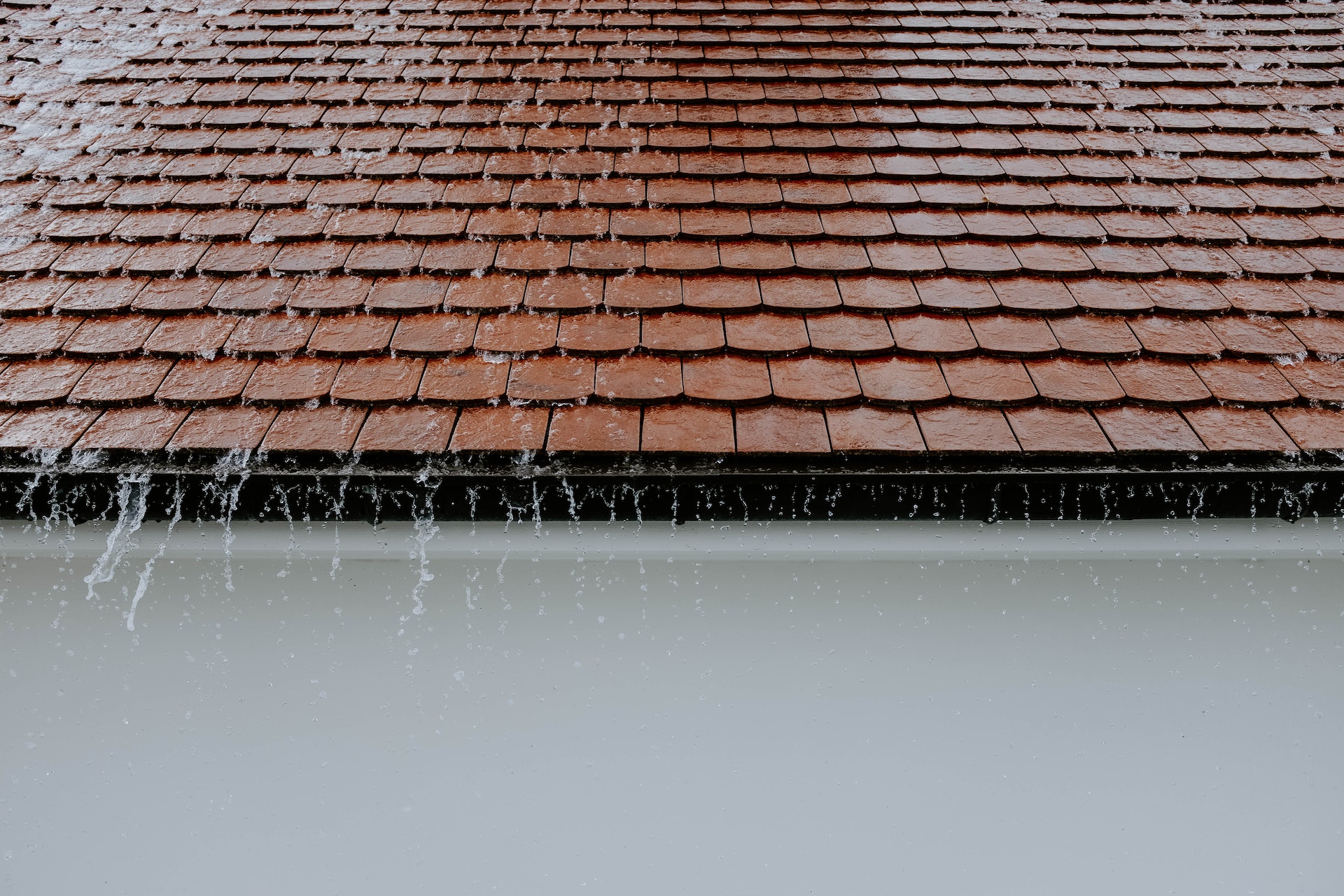If you own a home, it is inevitable that, at some stage, you will have to deal with a leaky roof. Whether caused by age or weather damage, leaking roofs cause water damage and lead to mold and mildew growth in the attic space. Fortunately, fixing a leaky roof without replacing it is possible as long as the existing materials are still in good condition. Here are some great practical tips on how to fix a leaky roof without replacing it:
Inspect your roof
Before attempting any repairs, inspect your roof for damaged or missing shingles, loose flashing points, and cracked seals around vents and chimneys. If the problem is localized to an area of just one or two shingles, it can usually be fixed without a total roof replacement. However, if the problem is widespread across multiple areas of your roof or if the damage is severe, then opt for a complete roof replacement instead.
Clean and prep the area
Once you’ve identified the leaky area, it’s time to clean up and prep it for repair. First, use a garden hose to remove debris, such as leaves, twigs, and dirt, from around the leaking area. Next, use a stiff brush to scrub away any lichen or moss that has grown on the surface of your roof. Finally, use an ice pick to puncture any blisters which have formed on your shingles.
Repair the shingles
Depending on the damage to your shingles, you can repair them without replacing them. If the shingles are only slightly worn or cracked, use plastic roof cement and a trowel to apply two coats over the damaged area, then allow each coat to dry for at least 24 hours before applying the next one. For more severe cases of wear and tear, you may have to replace some or all of your shingles instead.
Replace flashing and seals
If there is any damage around vents, chimneys, or other openings in your roof, then you must replace these components as soon as possible. To do this, use a putty knife to remove the old flashing and seals, then use a caulking gun to apply new roof sealant around the edges.
Check for more leaks
Once you’ve finished all your repairs, you must check for any additional leaks that may have gone unnoticed during your initial inspection. Use a garden hose to spray water over your entire roof, and look for any wet spots or drips that indicate further leakage. Repeat the above steps if you find any areas of concern until all the leaks are patched up.
Choosing the best roofing contractor
Choosing the best roofing contractor is an important decision to make when repairing or replacing a roof. It’s crucial to take the time to research local contractors and find one that is reliable, experienced, and has a good reputation. Here are some excellent tips on how to choose the best roofing contractor for your needs:
Check credentials and licenses
First and foremost, it is essential to verify that potential roofing contractors have all the necessary licenses, certifications, and insurance coverage required by law. It would help if you also asked for references from other homeowners or business owners who have hired them in the past, giving you a better understanding of their experience level and quality of work.
Get multiple estimates
Make sure you get at least three estimates from different roofing contractors before making your final decision. Don’t just go with the lowest estimate; instead, compare the details of each quote so you can choose the one that offers the best value for your money. It’s also helpful to read online reviews about local contractors to understand how well they do their jobs.
Consider longevity
Look for a contractor who has been in business for several years since this reflects their ability to deliver high-quality results over time. Experienced contractors have seen countless types of roofs and know what needs to be done to properly repair or replace them. Also, consider whether or not their team is trained in new technology, such as solar panel installation or green building practices, as these may become increasingly important considerations in future years.
Communication and customer service
You should always feel comfortable communicating with your chosen contractor during the quoting process and after any repairs or replacements are completed. Professionalism and courteous customer service should always be present throughout all stages of the job so that you feel confident in completing it correctly and efficiently.
Choosing the right roofing contractor requires careful consideration of credentials, pricing structure, longevity, customer service skills, and more. These factors will help ensure your project is completed according to your expectations without costly delays or unforeseen problems.
The bottom line
While fixing a leaky roof without replacing it can be accomplished if done correctly, and it is advised to consult with a roofing company if you are unsure how to make necessary repairs. Using suitable materials and techniques can help you successfully patch up a leaking roof without spending thousands on a total replacement. With these tips in mind, you should be able to repair your leaky roof without worry.
